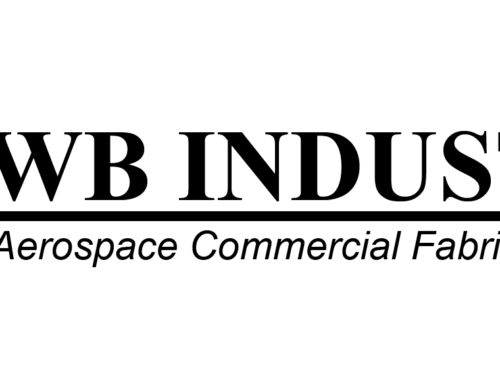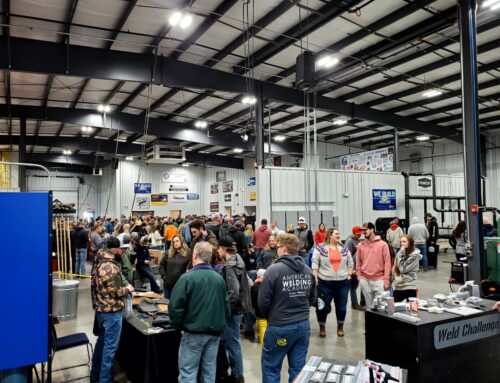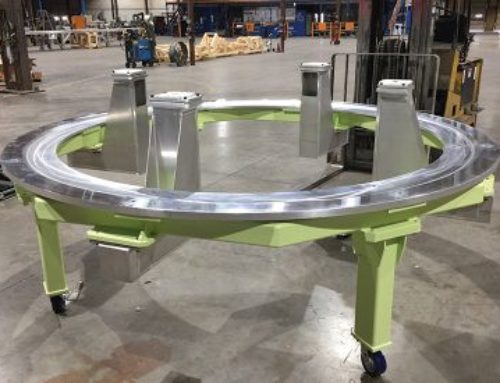By: Ken Wasiuta, WB Industries
Manufacturers and fabricators build their reputation on the quality of the products they produce. A vital part of the quality process is regulating Foreign Object Debris (FOD), defined as any substance, debris or article alien to a vehicle or system which could potentially cause damage or prevent proper functioning of the system.
Costs associated with FOD can be dramatic, including the loss of production and unplanned rework. In aerospace applications, crew safety could be affected by FOD. As a result, many companies are moving toward FOD-free fabrication, assembly, testing and processing of all components and products, and the industry is seeing dedicated FOD prevention programs developed as a result. FOD can come in many different forms, but in manufacturing FOD tends to come from a few likely sources:
–Tools – Manufacturing workers use an array of different tools for assembly, maintenance and repair that can find their way into a process where they do not belong.
–Personal Items – These can come in the form of rings, buttons, pens, scraps of paper, etc. Something as small as a paper clip can compromise an entire completed assembly if allowed to remain where it doesn’t belong.
–Work Debris – This category can come in several different forms, but refers to leftover material not cleaned up after work is performed. Common examples in metal fabrication include metal filings, drill shavings or unused assembly hardware.
FOD prevention programs address behavior and guidelines for both employees and visitors alike. One of the first steps is to determine areas where FOD could be a problem and clearly identify them by signage and boundary markers. Next, company policy should be that all employees that set foot inside these areas are required to go through specific FOD prevention/awareness training. Furthermore, it is a good idea for visitors to have at least a briefing on FOD prevention if they will be in an affected area.
Clean as You Go
Popular in the aerospace industry in particular, “Clean As You Go” is a good practice for a FOD prevention program. Cleaning up the immediate and surrounding areas when work cannot continue and cleaning up the area when departing for more than 15 minutes are a couple of standard practices that Clean As You Go dictates.
Another popular philosophy is the lean manufacturing technique known as 6S. This philosophy is aimed at organizing the work area to optimize efficiency. The six “S’s” of the technique are sort, straighten, shine, standardize, safety and sustain. By clearly designating FOD risk areas and implementing Clean As You Go and 6S techniques, companies can greatly reduce the amount of tools and work debris that turn into FOD.
As for personal accessories, company rules can dictate any personal items must be secured and/or removed before entering a designated area to prevent them from becoming FOD.
Finally, many companies are adding additional inspections to their processes specifically looking for FOD before the item can move to the next production area or ship to the customer.
Manufacturers are paying more attention to FOD prevention. The losses that can be avoided are well worth the investment.
About the author: Ken Wasiuta is vice president of WB Industries (O’Fallon, MO), a custom metal fabrication company focused on aerospace and defense; construction and infrastructure; and commercial and industrial applications. WB Industries applies customer-specific requirements to its projects and works to industry standards including NASA, Boeing, AMS, AISC, IBC, ASTM and MIL specs. For more information, visit:






